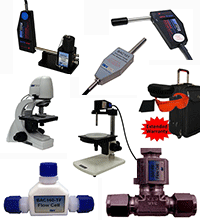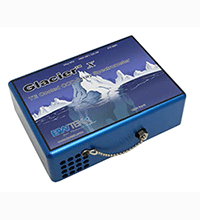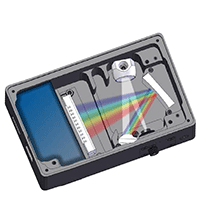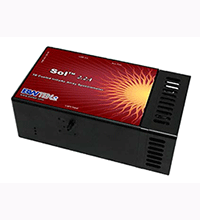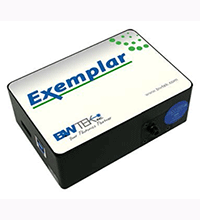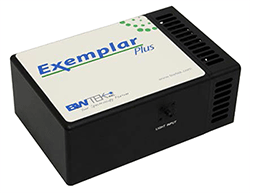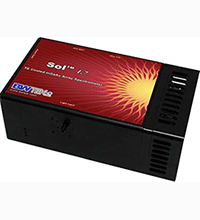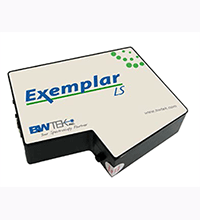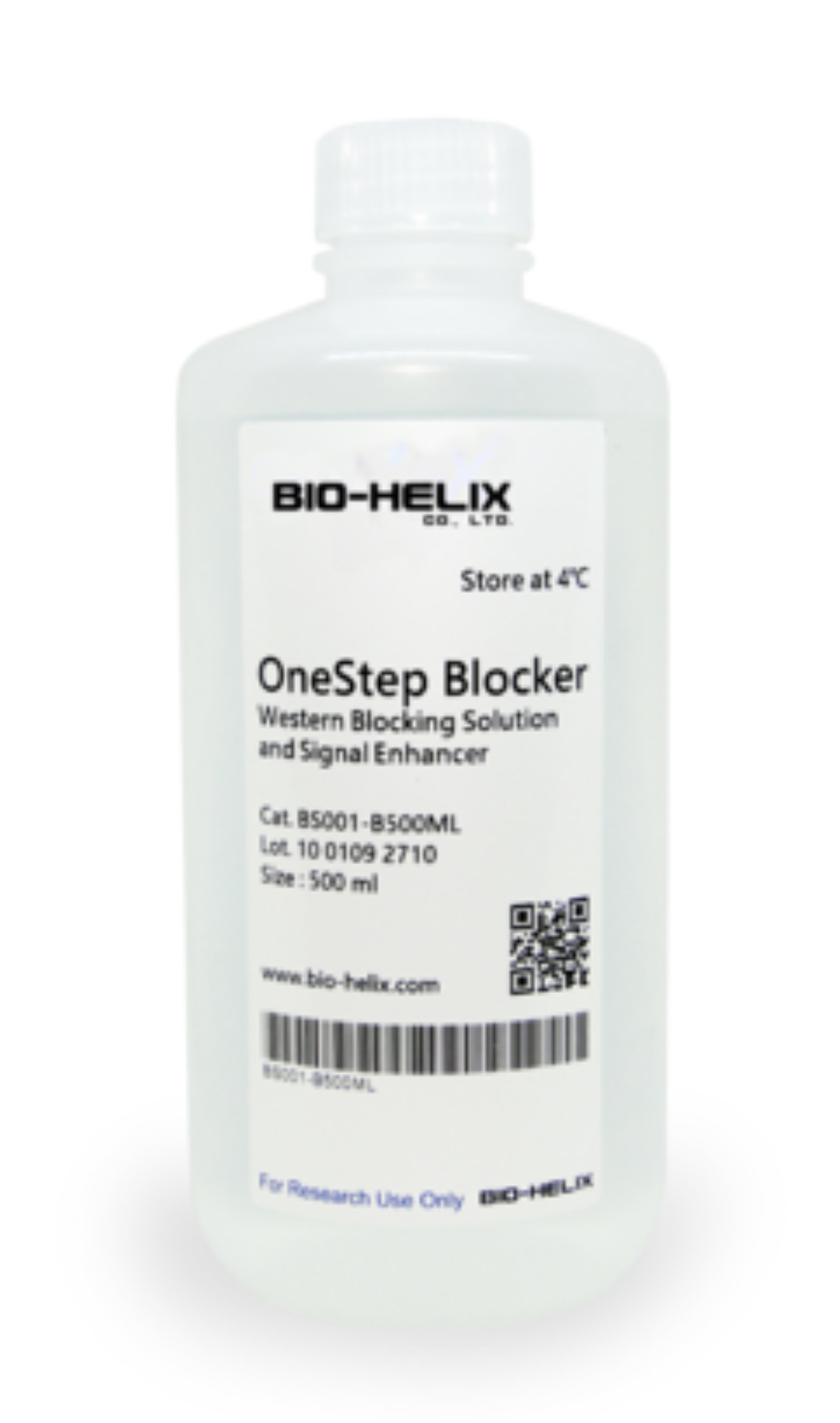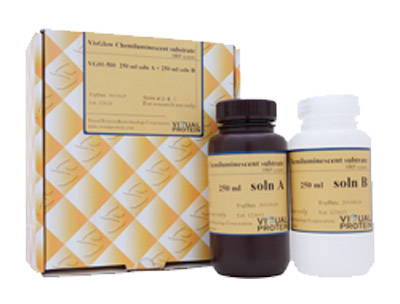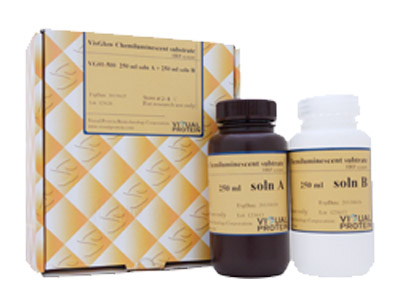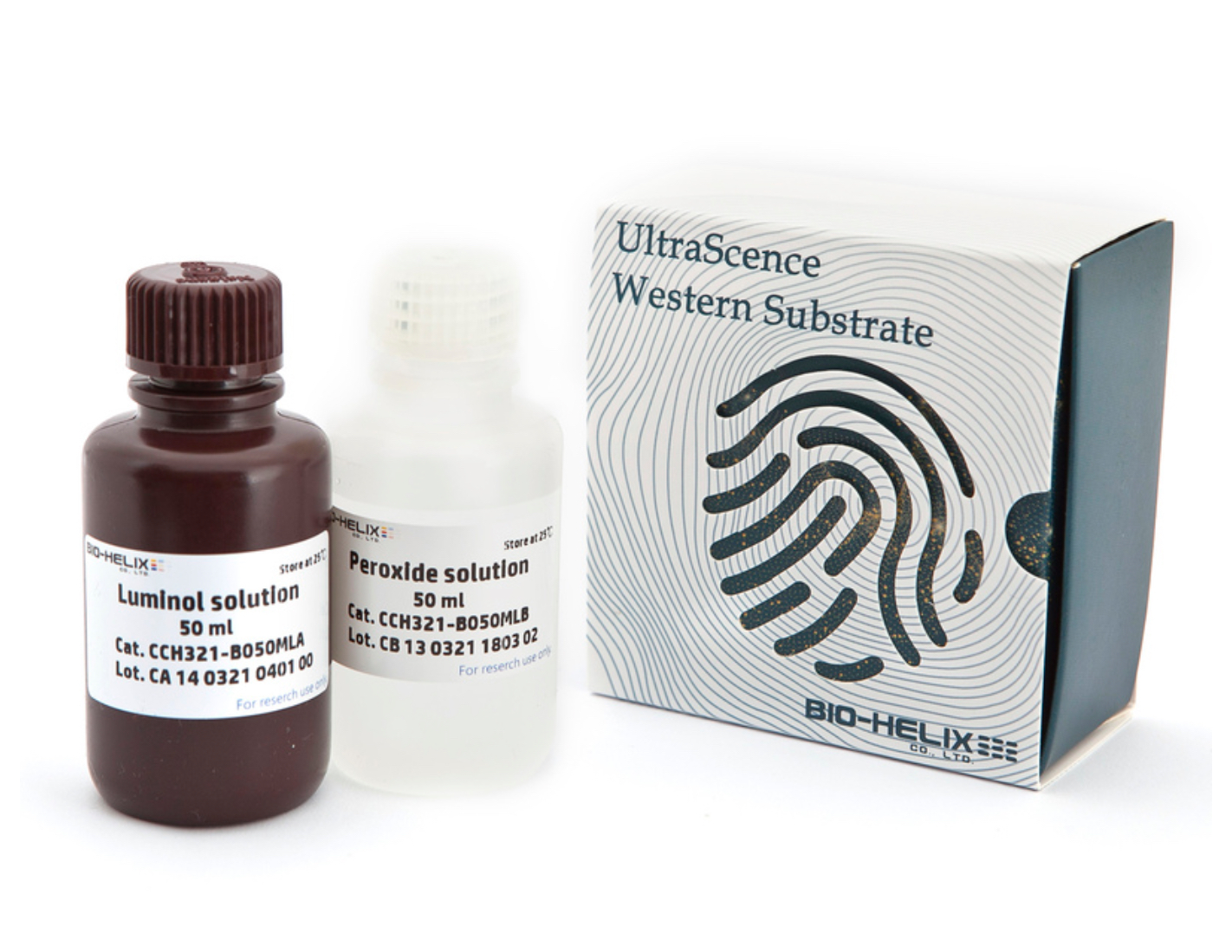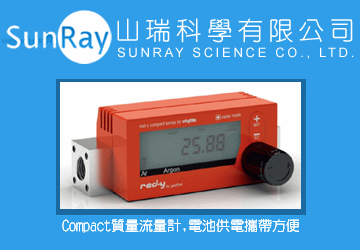|
SOL™ 2.6 近紅外線高性能光譜儀(含電子制冷器)
|
| 1500-2550nm* NIR TE Cooled InGaAs Array Spectrometer

|
The Sol™ 2.6 is a high performance linear InGaAs array spectrometer, featuring 256 pixels and providing high throughput and large dynamic range with TE Cooling down to -15˚C via a built-in 3-stage cooler.
EEach spectrometer features an SMA 905 fi optic input, built-in 16-bit digitizer, and is USB 2.0 plug-and-play compatible. The built-in autozero function automatically reduces dark current and dark non-uniformity, resulting in an increased signal-to-noise ratio.
Software control allows the user to choose from four types of operation modes: Maximum Dynamic, High Dynamic, High Sensitivity, and Maximum Sensitivity. Customized spectral resolution and application support are also available.
|
|
| |
| Applications: |
Features: |
Accessories: |
|
• Process Monitoring
• NIR Spectroscopy
• Quality Control
• On-line Analyzer
• Material Identification
|
• 1500nm - 2550nm* Spectral Range
• Resolution as Fine as 9.0nm
• Built-in Built-in Autozero (Noise Level Reduction)
• Built-in 16-bit Digitizer
• Low Dark Noise and High Sensitivity
• Four Sensitivity & Dynamic Range Modes for Specific
Application Needs
|
• Light Sources
• Fiber Patch Cords
• Fiber Sampling Probes
• Fiber Sample Holders
|
|
|
Software:
BWSpec™ is a spectral data acquisition software with a wide range of tools that are designed to perform complex measurements and calculations at the click of a button. It allows the user to choose between multiple data formats and offers optimization of scanning parameters, such as integration time. In addition to powerful data acquisition and data processing, other features include automatic dark removal, spectrum smoothing, and manual/auto baseline correction.
|

|
|
|
|
| Specifications: |
|
DC Power Input
|
5V DC @ 5 Amps
|
|
AC Adapter Input
|
100 - 240VAC 50/60 Hz, 1.0A @ 120VAC
|
|
Detector Type
|
Linear InGaAs Array
|
|
Pixels
|
256 x 1 @ 50µm x 250µm Per Element
|
|
Spectrograph f/#
|
3.5
|
|
Spectrograph Optical Layout
|
Crossed Czerny-Turner
|
|
Dynamic Range
|
Maximum Dynamic Mode: 20,000:1
High Dynamic Mode: 10,000:1
High Sensitivity Mode: 2,500:1
Maximum Sensitivity Mode: 250:1 |
|
Digitizer Resolution
|
16-bit or 65,535:1
|
|
Readout Speed
|
500 kHz
|
|
Data Transfer Speed
|
>300 Spectra Per Second Via USB 2.0
|
|
Integration Time
|
250µs to >= 64 Seconds
|
|
External Trigger
|
Aux Port
|
|
Operating Temperature
|
0°C - 35°C
|
|
TE Cooling
|
Three-Stage: -15°C @ Relative Humidity = 90%
|
|
Weight
|
~ 3.1 lbs (1.4 kg)
|
|
Dimensions
|
7.5in x 4.3in x 2.7in (192mm x 109mm x 68mm)
|
|
Computer Interface
|
USB 2.0 / 1.1
|
|
Operating Systems
|
Windows: XP, Vista, 7
|
|
| |
|
Technical Details
Fiber Coupler
 Secures Fiber to Ensure Repeatable Results Secures Fiber to Ensure Repeatable Results
By coupling a fiber optic to the SMA 905 adaptor, light will be guided to the slit and optically matched, ensuring reproducibility. For free space sampling, a diffuser or lens assembly can be connected directly to the SMA 905 adaptor.
|
 |
| |
|
Entrance Slit

Determines Photon Flux and Spectral Resolution
Light entering into a spectrometer’s optical bench is vignetted by a pre-mounted and aligned slit. This ultimately determines the spectral resolution and throughput of the spectrometer after grating selection. We offer a variety of slit widths to match your specific application needs: from 10µm - 200µm wide, with custom slits available.
|
|
SlitOption
|
Dimensions
|
Approximate
Resolution
1550-2550nm
|
|
75µm
|
75µm wide x 1mm high
|
~15.0nm
|
|
Custom Slit Widths Available
|
|
|
| |
| Collimating Mirror
 Collimates and Redirects Light Towards Grating Collimates and Redirects Light Towards Grating
Both mirrors are f/# matched focusing mirrors coated with a special coating, which enhances the NIR sigral.
|
| |
| Diffraction Grating

Diffracts Light, Separating Spectral Components
The groove frequency of the grating determines two key aspects of the spectrometer’s performance: the wavelength coverage and the spectral resolution. When the groove frequency is increased, the instrument will achieve higher resolution, but the wavelength coverage will decrease. Inversely, decreasing the groove frequency increases wavelength coverage at the cost of spectral resolution.
The blaze angle or blaze wavelength of the grating is also a key parameter in optimizing the spectrometer’s performance. The blaze angle determines the maximum efficiency that the grating will have in a specific wavelength region.
|
| Spectral Coverage(nm) |
Grating |
Approximate
Resolution
75µm Slit |
|
1550-2550
|
100/2500
|
15.0nm
|
|
Custom Configurations Available
|
|
|
| |
|
Focusing Mirror
 Refocuses Dispersed Light onto Detector Refocuses Dispersed Light onto Detector
Both mirrors are f/# matched focusing mirrors coated with a special coating, which enhances the NIR signal.
|
| |
| Array Detector
 Measures Entire Spectrum Simultaneously Measures Entire Spectrum Simultaneously
The Sol™ 2.6 features a 256 x 1 TE Cooled linear InGaAs photo diode array detector with pixel dimensions of 50µm x 250µm and 256 active pixels. Using BWSpec™, the detector mode can be switched between High Sensitivity and High Dynamic Range modes, allowing for greater control over the detector’s sensitivity.
|
|
Specifications
|
|
Wavelength Range
|
1550nm - 2550nm
|
|
Pixels
|
256
|
|
Pixel Size
|
50µm x250µm
|
|
Well Depth
|
Maximum Dynamic Mode: ~250 Me-
High Dynamic Mode: ~125 Me-
High Sensitivity Mode: ~12.5 Me-
Maximum Sensitivity Mode: 1.25 Me-
|
|
Digitization Rate
|
500 kHz
|
|
 |
|
| |
| Thermoelectric Cooler
 Reduces Dark Noise and Increases Detection Limits Reduces Dark Noise and Increases Detection Limits
Cooling an array detector with a built-in thermoelectric cooler (TEC) is an effective way to reduce dark current and noise, as well as to enhance the dynamic range and detection limit.
When the InGaAs array detector is cooled from a room temperature of 25˚C down to -15˚C by the TEC, the dark current is reduced by ~32 times and the dark noise is reduced by ~5.7 times. This allows the spectrometer to operate at longer exposure times and to detect weaker optical signals.
|




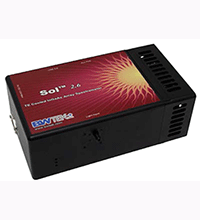






 Refocuses Dispersed Light onto Detector
Refocuses Dispersed Light onto Detector


